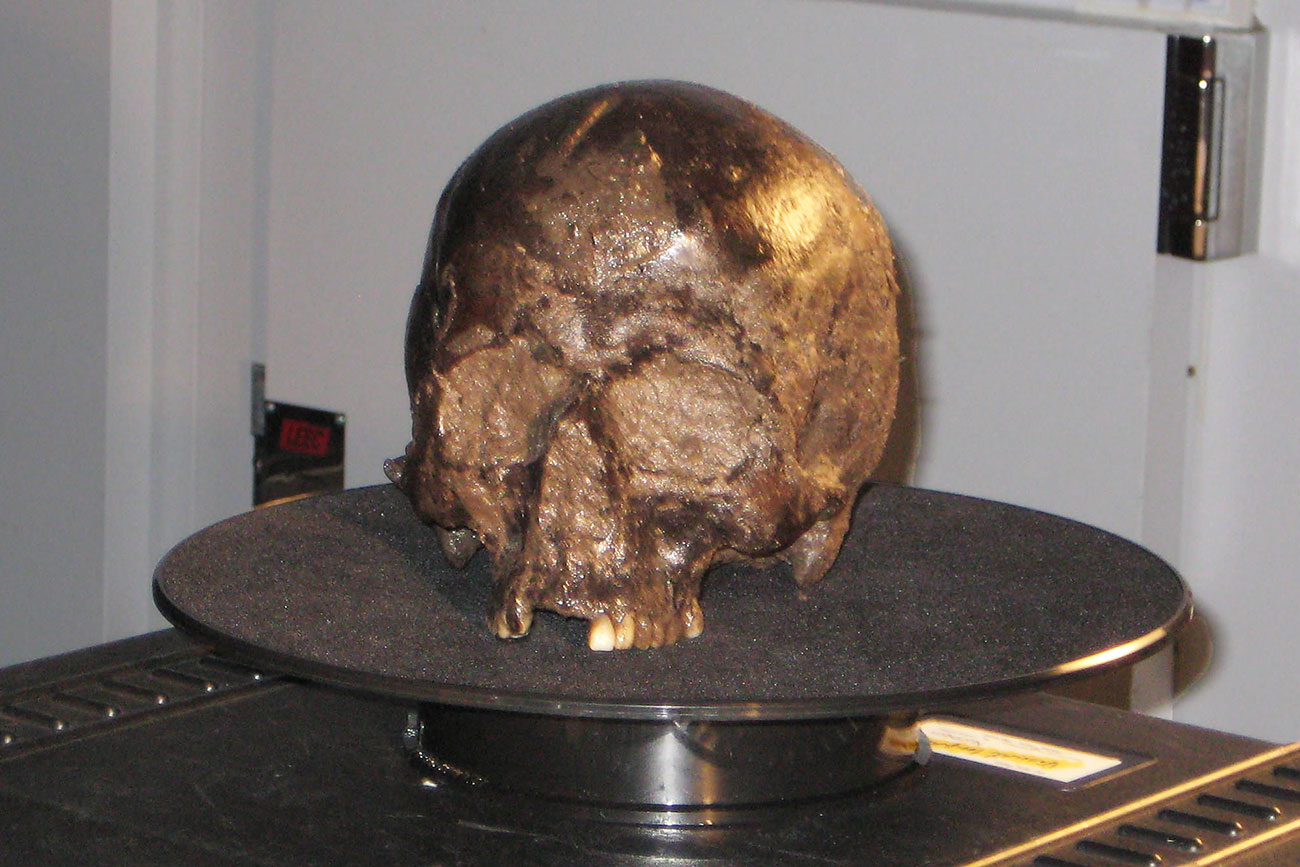Scientists have unlocked some of the secrets from a 2,600-year-old human brain that was discovered in York.
The Iron Age brain was spotted inside a skull found in a muddy pit during excavations in the Heslington area in 2008.
It is believed to be one of the oldest to be found in the UK (673-482 BC).
The brain matter was the only soft tissue that remained in the skull – which invited the question: how had it been preserved?
Help in biomedical research

They say the findings have implications for biomedical research and the study of ancient tissues.
Their findings were published in the Journal of the Royal Society Interface.
They suggest that an acidic fluid may have got into the brain and prevented autolysis – the breakdown of tissue by enzymes.
Something cruel happened

Something cruel must have happened to this person,” he said, pointing to evidence that the person was hit hard on the head or neck before being decapitated.
Dr Petzold said the findings about brain protein folding and unfolding could have implications to biomedical research.
The study sets out: “These long-term data from a unique ancient human brain demonstrate that aggregate formation permits for the preservation of brain proteins for millennia.”
